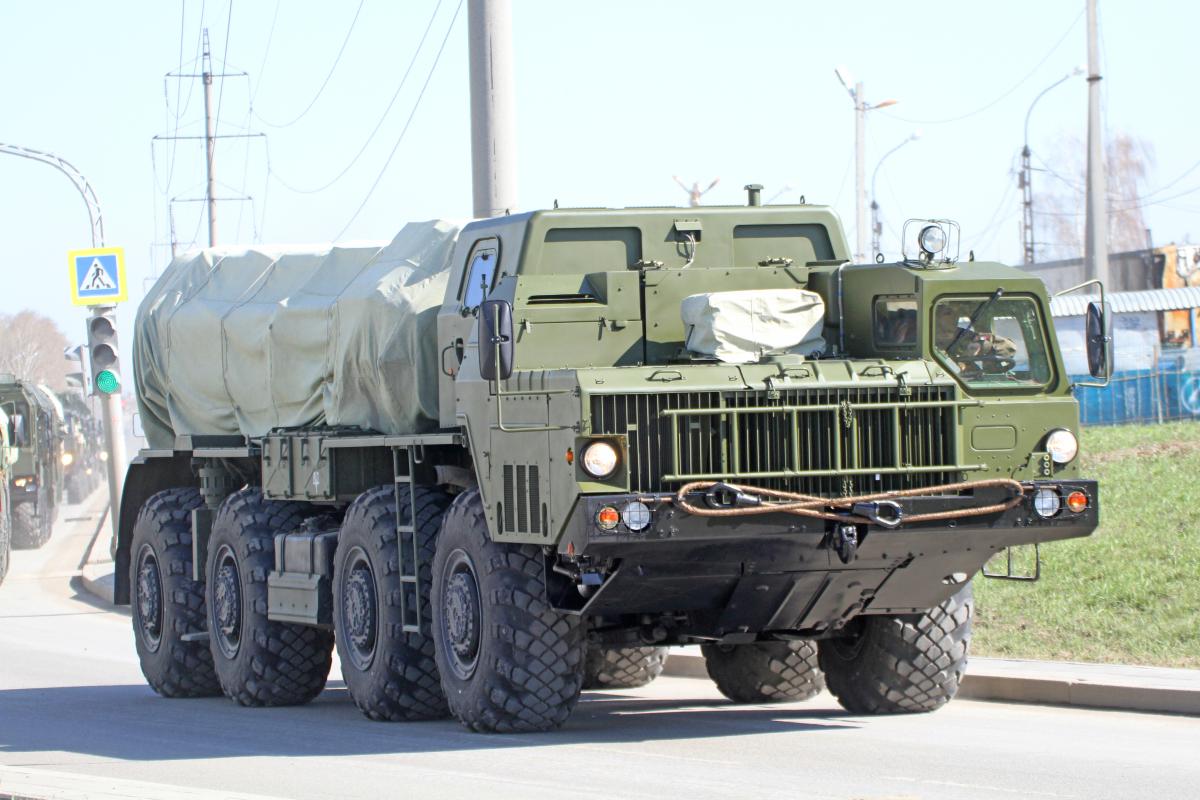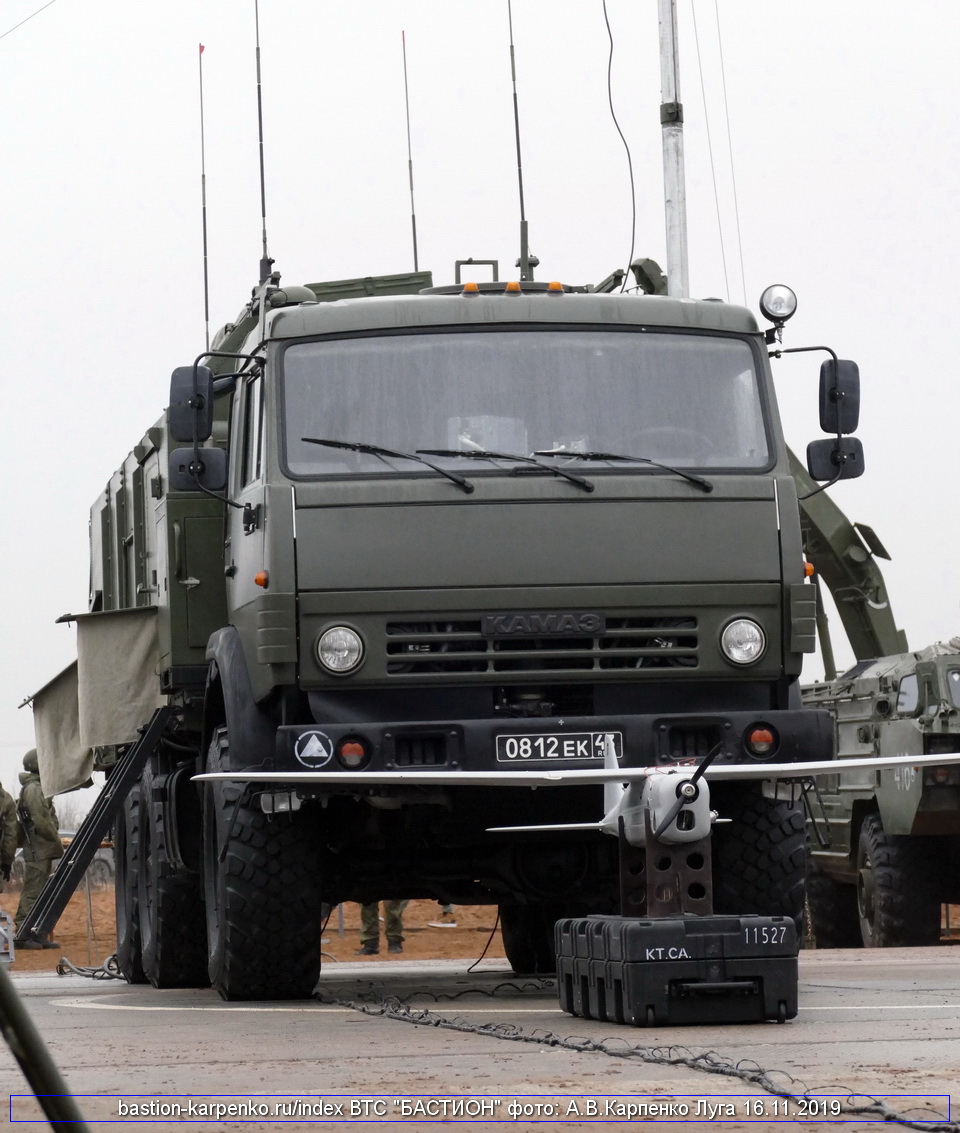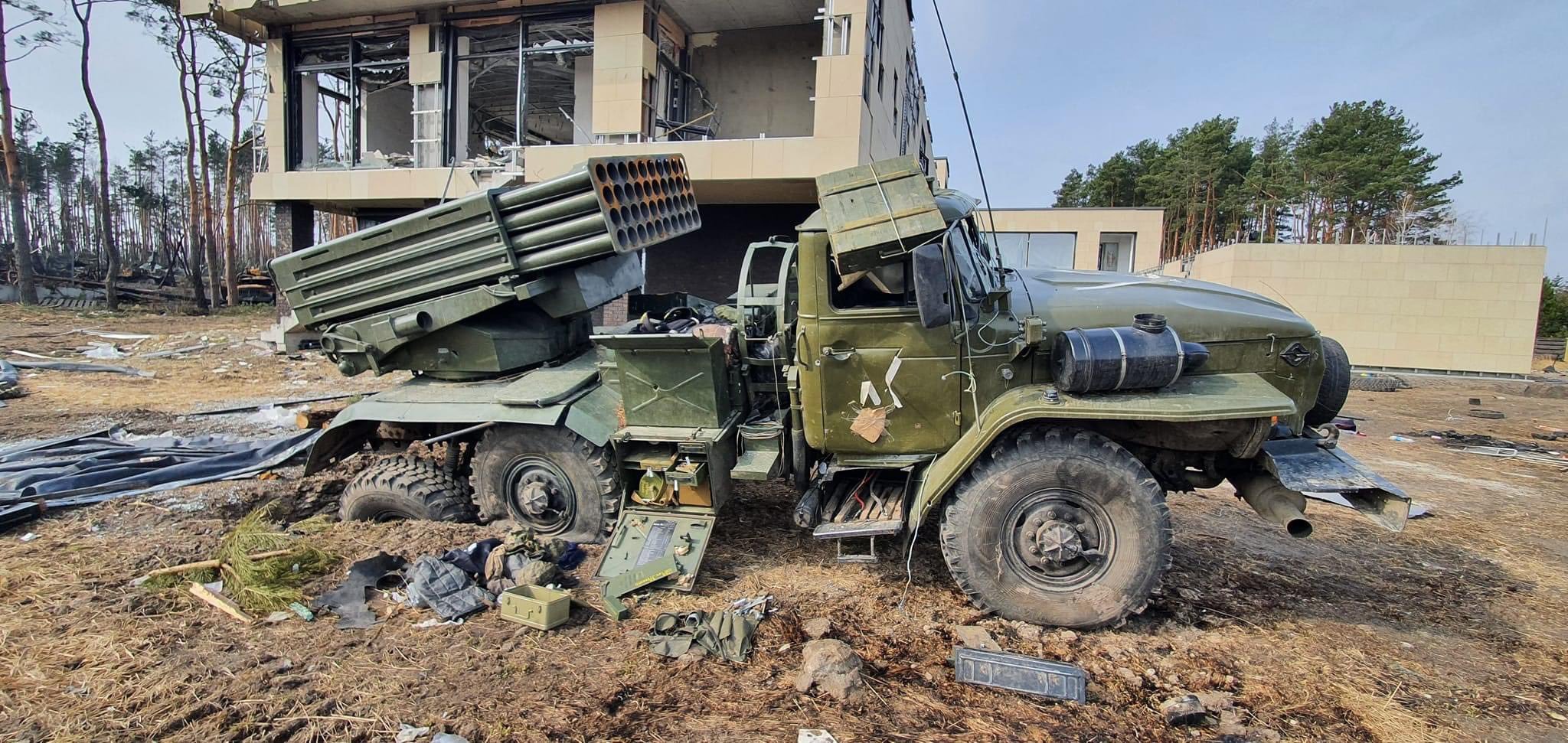Multiple rocket launchers are indispensable tools for suppressing and defeating the enemy’s manpower and equipment during any military conflict.
In the full-scale Russian-Ukrainian war, Soviet MLRS systems have been able to reach their full potential through cooperation with reconnaissance means.
The most common systems in our war are the BM-21 Grad 122mm MRL, and less common, even rare, is the 9А52 Smerch 300mm MLRS.
The Grad MRL has become one of the most massive systems in the world. The USSR produced more than 8500 of these rocket artillery systems from 1960 to 1988. It is known that as of 2019, there were 550 installations in service with the Russian army, with more than 2 thousand in storage.

The Smerch MLRS began to be manufactured towards the end of the existence of the Soviet Union and entered into operation in 1988. Therefore, the Soviet industry did not have sufficient time to produce a large number of these systems.
As of 2023, the Russian ground forces are operating approximately 100 systems, while the marines have about 4.
In our era of constant technological development, the question has arisen about increasing the accuracy and range of Soviet MLRS systems to conserve ammunition and enhance their combat potential.
The Tornado is a series of 122mm and 300mm rocket-propelled munitions designed for the BM-21 Grad and 9А52 Smerch systems. State tests of the missile were completed between 2012 and 2015.
The development and production of these missiles are carried out by the state-owned Russian enterprise NPO Splav, which is part of the Rostec concern. The production and scientific facilities of the holding are located in the city of Tula.
A notable feature of this new series of ammunition is the integration of a computerized ballistic computer and the GLONASS navigation system into the launcher.

To receive a satellite signal, combat vehicles are equipped with ground equipment for “consumers of satellite navigation systems.”
The new systems can automatically receive and transmit information via secure communication channels, autonomously perform topographic communication, navigation, and orientation of a combat vehicle on the ground, displaying it on an electronic map.
The system is also capable of automatically driving the launcher without the need for the crew to leave the cockpit, while maintaining the ability for manual guidance.
There are two options for these systems – 9К51М Tornado-G (BM-21 Grad) and 9К515 Tornado-S (9А52 Smerch). Thanks to the automation of launchers, the crew size has been reduced to 3 people.

A command post carrier, the 9S936, can be used for fire control. Rocket reloading is provided by the 9Т255 transport and load vehicle.
Missiles of the Tornado series have the ability to adjust the flight path at pitch and yaw angles.
Maneuvers are carried out based on signals from the control system of jet reaction controls.
The missiles are stabilized through twisting along the guides and with the tail supporting that opens after launch.

The Tornado-G uses unguided 122mm rockets with a range of up to 40 kilometers. Meanwhile, the nomenclature of Tornado-S rockets includes guided 9М542, 9М544, and 9М549 missiles.
Additionally, there are unique 9М534 reconnaissance projectiles that, during flight, can release a Т-90 unmanned aerial vehicle on a parachute. This UAV then conducts reconnaissance of the area and transmits images to the command post within 20 minutes.

Ammunition has high-explosive or cluster warheads, they can hit targets up to 120 kilometers. The Russians declare the projectile’s circular error probability is 0.3 percent of the firing range. Other sources say the average is between 5 and 15 meters.
Short known specifications of rockets:




The mass of the rockets exceeds the mass of their Soviet “relatives.” Moreover, each projectile in the tube can receive its own flight mission.
A notable feature of the Tornado-S guided rockets is that only the tail block of the missile rotates around its longitudinal axis.
The rocket and warheads of the rocket shells maintain a static position. This ensures continuous satellite communication, which has a positive impact on the accuracy of target hits.
It is known that the components of these missiles include Chinese electronics that were not originally intended for military use. Among such electronics that were discovered are:
In addition, western components were also found in the electronics of the missiles, for example, the Altera Cyclone II FPGA chip in the internal navigation system.
The Russians are working on modernizing the missile, which will enable it to hit targets at a distance of up to 200 kilometers.
The ability to destroy targets at a distance of 120 kilometers elevates the MLRS to the level of SRBMs. According to the Russians, the accuracy of Tornado-S missiles is 15-20 times better than that of Soviet Smerch missiles.
The official definition states that Tornado-S is a system designed to engage various group targets on distant approaches. These targets include open and sheltered personnel, unarmored and lightly armored vehicles of motorized infantry and tank companies, artillery units, tactical missiles, and anti-aircraft systems.
Furthermore, the system can be employed to engage helicopters in parking lots, destroy command posts, communication units, and military-industrial infrastructure facilities.
The first combat deployment of Tornado-S was carried out by the Russian contingent in Syria, as reported by Vladimir Lepin, the director of NPO Splav, on December 25, 2017.
Russian military training and combat launches in Russia started to be reported in 2019.
The initial confirmed reports of Tornado-S munitions being used surfaced in March 2022 when the Russian military employed them in the city of Pokrovsk in the Donetsk region.

The evidence of this ammunition’s use included the remnants of the control unit of the 9B706 missile.
The second officially confirmed instance of Tornado usage was during the shelling of Avdiivka, where control units were discovered in the vicinity of the city. Subsequently, control units were found in Krasnohorivka, Kryvyi Rih, and other Ukrainian cities.
Additionally, the Russians actively employed Tornado-G. Ukrainian military forces have already seized abandoned artillery systems with this ammunition, which can be identified by their distinctive launchers.

Tornado-S is a highly potent weapon capable of causing significant harm to personnel and equipment when employed effectively.
Although the system’s missiles haven’t been officially designated as “high-precision,” with proper utilization, it has the potential to be Russia’s equivalent of the HIMARS.
The extensive range of munitions within this series, coupled with the advanced automation of launchers, enables swift and effective engagement of various targets.
This multiple launch rocket system can function as an operational-tactical missile system for delivering fire damage to the enemy’s rear operational areas.
Furthermore, in the future, Tornado-S has the potential to be a competitor in the export market against the domestic Vilkha system.
Підтримати нас можна через:
Приват: 5169 3351 0164 7408 PayPal - [email protected] Стати нашим патроном за лінком ⬇
Subscribe to our newsletter
or on ours Telegram
Thank you!!
You are subscribed to our newsletter